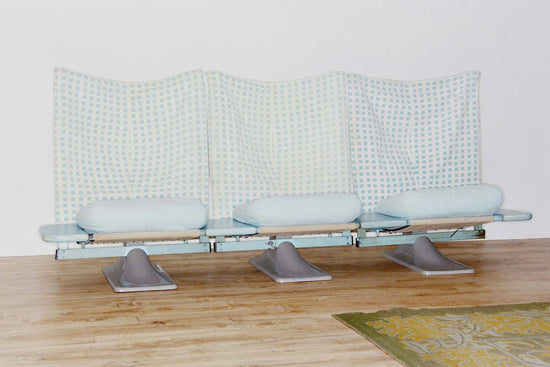Interview
Abel Sloane

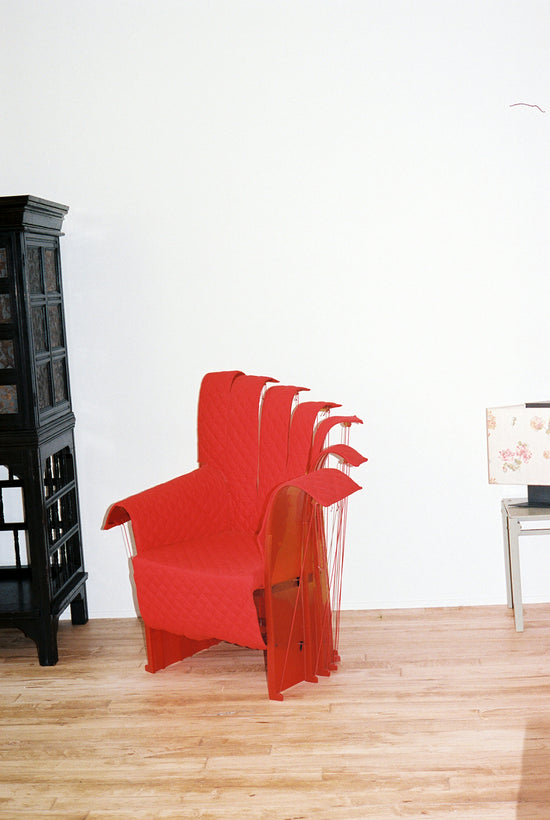
EB: In your words, what do you do?
AS: My automatic response is to say that I deal in furniture/design - mostly from the early to mid 20th century.
But I source all kinds of pieces and consult on interior design projects. There are things that I haven’t presented yet too. Things that involve research and observation, writing and presentation - sharing ideas about design history.
EB: How are you doing and where are you right now?
AS: I'm doing all right thank you. I'm currently at home in northeast London, whilst Ruby is away. I’m in the space by myself, and have been for about a week now. I'm talking to Erik Benjamins on the phone.
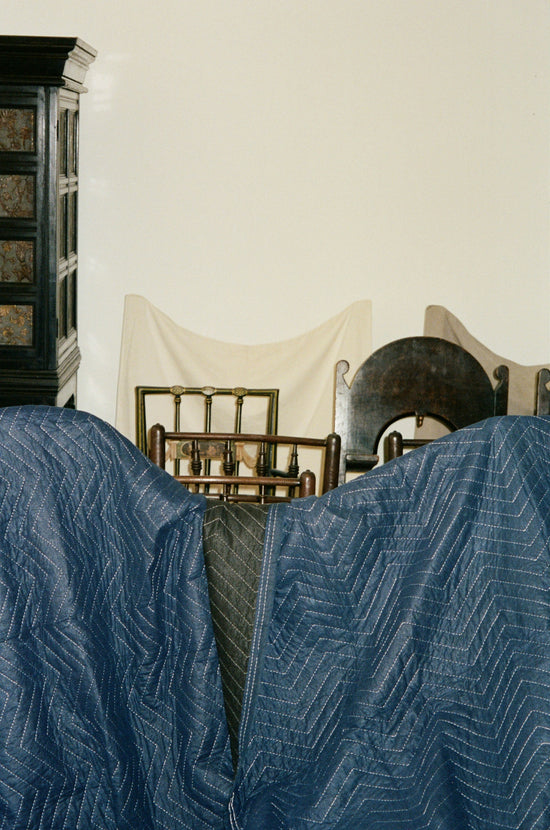
EB: Your professional universe is so rich. Is there a simple way for you to explain how you got here? Is there a landmark project or an opportunity that feels like an important part of this story?
AS: It feels like every project is a landmark, because each project teaches us and informs our practice even more. The last thing I want is to be static. I started out hunting down the cheapest furniture at markets, before I knew anything. Restoring it, in my dad’s garage, with some self taught techniques. And gradually my interests grew into the design of the twentieth century, particularly that interwar period in Europe: Bauhaus, De Stijl, etc.
Meeting Ruby then, and applying her eye and technique of presenting and styling really upped 1934 from dealing out of a dusty garage to creating imagery and information that complements the pieces we were selling.
Maintaining that passion for the objects, the furniture, and the history is important too - so our tastes and areas of interest are always expanding!
Some landmark projects have included being asked to design a whole interior for the first time, based on some styling shoots we had done - and another creating a publication from compiled research about the British designer Gerald Summers. All of these things add to the world we are creating - design, research, and presentation.
EB: Working across these different disciplines feels so much about actively shifting across scales. Is this ever overwhelming?
AS: I think the overwhelming part is that I want to do all of these things at the same time. It is all driven by passion and so controlling that passion is sometimes difficult. One day I’m spending time sourcing a Noguchi lampshade for someone – which is what I'm doing now. Next I’m exploring tones and palettes for an interior, and trying out paint samples on a door frame. Or sometimes I’ll be at the V&A Archive looking through documentation. Or visiting specialists and niche collectors to gather information for an essay I’m working on. I love all of these aspects, and it doesn’t feel like juggling because everything is informed by the other.
EB: Is a passionate practice a joyful practice?
AS: It brings me joy to be able to present a piece of furniture to a client that they haven't seen before - to see them get progressively enthusiastic about owning it, the more I tell them about its materials and construction, or the historical importance of the designer. I am working with someone now and I witnessed them very proudly sharing to a friend what they've learned about a chair that they bought from me. I like being able to share knowledge and research. And it's good to like something just for its visual appeal. But I think when you learn more about an object, the layers of appreciation extend beyond the decorative value that it can enrich our lives. And when I see that my passion has influenced someone else, it's definitely joyful.
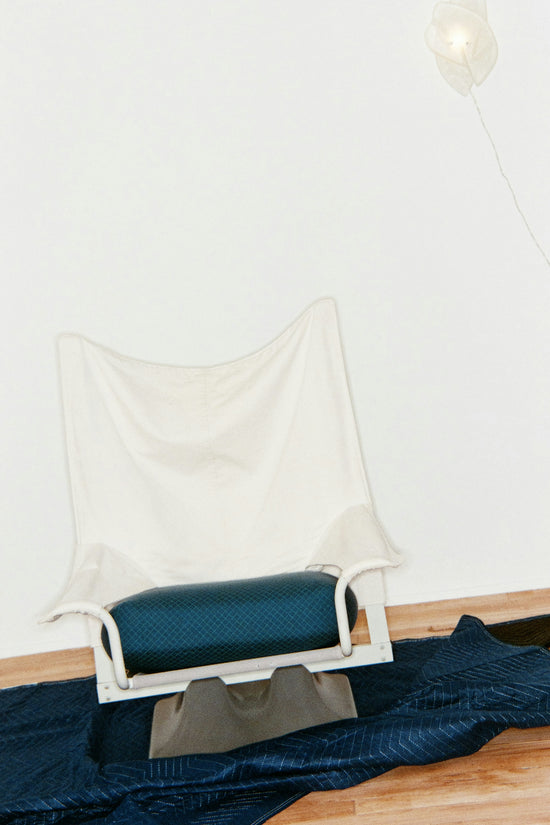
EB: Research as a practice and process kind of feels like a grounding force for you. What is your relationship to research?
AS: It's never been a formal structure. It feels quite instinctive. I'm not looking to go down any academic routes, but rather to just follow a trail of what excites me. I'll be reading something that will trigger a new interest. And I’ll look further, trying to find books that reference that one thing. I was reading about stone houses in rural England. And then by the end of the day, I was looking at a thatched roof in East Asia and wondering how I got there. The connections of one thing to another creates the story and it makes you wonder if these things have been influenced by one another or if they are completely independent. It's fun to think, with the knowledge that you have, how these things may have happened, or why someone might create a certain object. It is a subjective and personal journey when you're researching. You can start at the same point as someone else and go down a completely different route. And I enjoy that!
EB: There's so much possibility and enjoyment in "lowercase r" research, which can be instinctual and happenstance.
AS: Whichever path you take with “lowercase r” research, you will learn different things. I was talking to someone who photographed a project in the 1970s in Red Rock Canyon. There was a big inflatable pyramid kind of structure. The photographer shot it from the helicopter and he was telling me all kinds of interesting things about the day that you would definitely not read in an academic journal. So, yes, totally with the happenstance information!
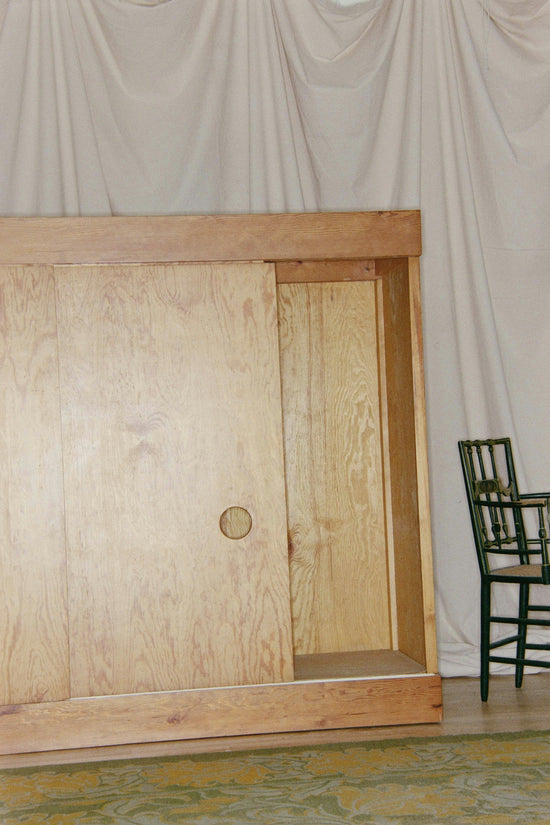
EB: Continuing to think about history, can you tell us about the namesake of your practice?
AS: This is how long ago it was: 1934 was the title of my Tumblr page! When I first saw an image of Rietveld’s Crate Chair (designed in 19341), it just had something that I really wanted to be a part of. It sounds a bit dramatic for a picture of a chair to be life changing, but it kind of was! When it came to naming the business formally I was a bit hesitant to just call it 1934 because people might think that I was only dealing with furniture from that period, or they might think that was the founding year of the company. The spirit of the chair was something that triggered my interest in furniture. It was such a small picture and everything else in the publication was very designery. Then there was this chair made out of planks of pine wood. The concept of the chair, as well as the transitory nature of it is what grasped my attention.
There were different ways in which the chair was sold too - as a completely finished product, all the way down to paper plans for the consumer to make it themselves. It was a single design which appeals, in different ways, to different users/buyers.
EB: It's also radically transparent and empowering, which feels like driving forces in your work.
AS: It's not superconscious on a business level, but there is that spirit, which is definitely present for me.
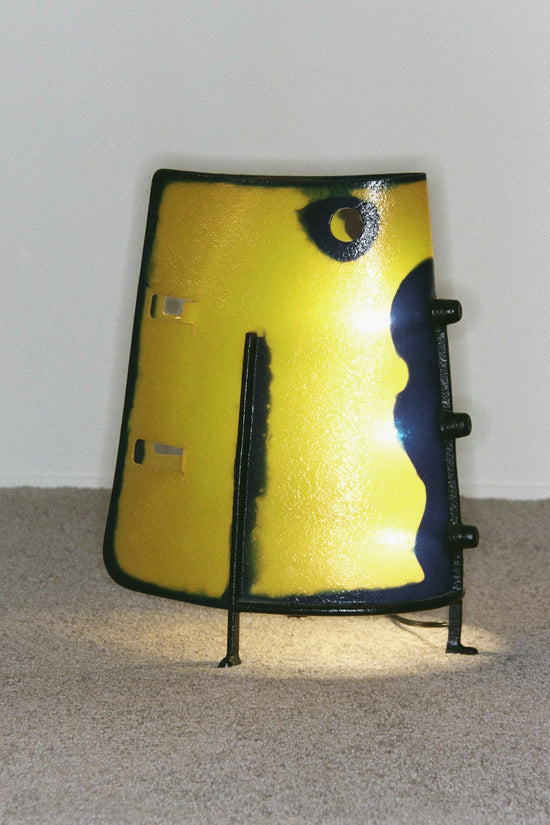
EB: In the gallery’s inaugural publication, you wrote about your Grandmother’s rice pot. Could you share that story?
AS: The rice pot was brought over by my great grandparents from India during, or just a few years after, the partition of India into Pakistan. My grandma, who was a child at the time of coming to the UK, had it in her house when I was growing up. I wanted to write about it for the gallery publication because it speaks to how memories are associated with objects. You either grow up with something or maybe remember seeing things in other family members' homes with their specific smells and textures. They're really vivid and important. And sometimes people won't even realize that they had a relationship to furniture or objects until they start thinking about memories.
As long as I can remember, there were always objects and furniture at home that were not expensive, but were very well looked after. At the time I don't know if I understood this sense of care for these things that were older than my parents. They were just there. My dad was a welder and metal fabricator so he made a lot of furniture using scrap materials for our house as well. There was the coffee table made from an engine with a big perspex top on it; a Christmas tree made from metal; bookends and shelving; toilet roll holders; the fireplace and candelabras; garden furniture and kitchen utensils. Even the kitchen itself was made from the old science lab from a college that had been replaced. This was mostly motivated by money-saving reasons, but also for my parents, they appreciated older things. Everything was really looked after and considered and if something needed replacing, it wasn't just a quick decision to throw it out and get something else. If they were going to buy something, it needed to be better than what we already had. I grew up with that kind of attitude at home. So, now owning and using my grandma’s dekchi, it holds all of these values for me.
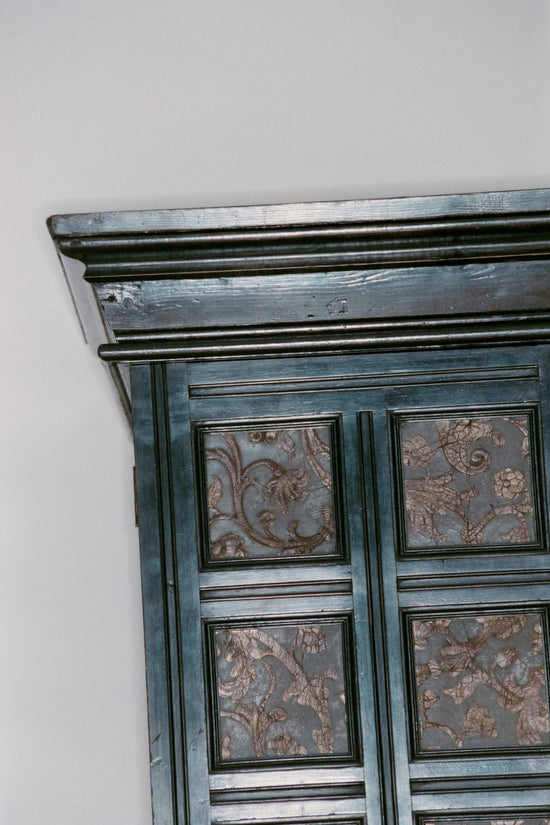
EB: How has it been collaborating with the gallery?. Kristin Dickson-Okuda’s seat coverings for the Morris chairs are a wonderful and immediate example of this relationship.
AS: Kristin's seat coverings for the Morris chairs really do sum it up. What I love about the contemporary designers that are working with Jacqueline are how they have interpreted historical design and produced new pieces with their own craft and skill sets. It started with a general conversation about Decorative Arts that I had with Jacqueline early on. Although Decorative Arts might now refer to a time period, the spirit of that period is carried through to everything that was picked. There are pieces like the Arts and Crafts cabinet, and the large rug attributed to Voysey. But importantly, there are pieces from outside this timeframe like a chair and lamp by Gaetano Pesce, and a wardrobe by Juliaan Lampens.
The collection is unified by the integrity of craft and materials, function and beauty - and the contemporary designers, who are very technique-based, are utilizing their crafts to create something new, visually appealing, and functional.
AS: Yours and Jacqueline’s gesture of blending the historic and the contemporary is such an accessible proposal towards thinking about and engaging with design and art. There’s an opening up of possibility instead of a narrowing down on genre or historical moment.
AS: Things can be open ended, which always creates a new starting point for someone else. I think that is the accessible part. It opens up different paths for people that aren't just collecting or dealing. It's the same with the research, which is accessible to anyone. Anyone can take it upon themselves, so long as they have time, to go down any path they want. Just reading about something, or getting excited about things and objects and learning why they're either important or not, or why you might enjoy them. And it's not financial or trend driven. It can literally be anything. Everything has a history. Everything has roots somewhere else and has influenced other things. It's endless. And it's open to everyone. Everyone can be excited.

EB: What feels important to you as a designer, and human right now?
AS: Sustainability and accessibility. If you're not thinking about sustainability or our planet, then you need to open your eyes. If it's not at the forefront, especially for designers, then they need to rethink what they're doing. Of course it’s difficult when needing to create something new, site specific - or just as an artist’s / designer’s urge to create anything at all - we have to make decisions about how best to do that in a world with limited resources. Does this mean working with local materials that are renewable, or recycled? Or rethinking the quantity of pieces made? Any level of awareness is important.
But the other agenda that is particularly important to me is the accessibility of our industry. Like so many other industries, antiques and interior design might appear to be reserved for others. Others with means that are not accessible to everyone. So it's great to see so many people, even on social media, that are self-teaching. However, I think there are a lot more paths that people can explore within the industry that are not just buying and selling vintage furniture. It doesn't even have to be object based. I hope my next project opens the community up to others that wouldn't necessarily think that they could access it otherwise.
